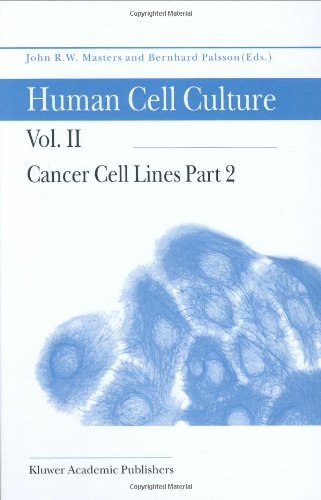

Most ebook files are in PDF format, so you can easily read them using various software such as Foxit Reader or directly on the Google Chrome browser.
Some ebook files are released by publishers in other formats such as .awz, .mobi, .epub, .fb2, etc. You may need to install specific software to read these formats on mobile/PC, such as Calibre.
Please read the tutorial at this link: https://ebookbell.com/faq
We offer FREE conversion to the popular formats you request; however, this may take some time. Therefore, right after payment, please email us, and we will try to provide the service as quickly as possible.
For some exceptional file formats or broken links (if any), please refrain from opening any disputes. Instead, email us first, and we will try to assist within a maximum of 6 hours.
EbookBell Team

4.1
100 reviewsContinuous cell lines derived from human cancers are the mostwidely used resource in laboratory-based cancer research. The first 3 volumes of this series on Human Cell Culture are devoted to these cancer cell lines. The chapters in these first 3 volumes have a common aim. Their purpose is to address 3 questions offundamental importance to the relevanceof human cancer cell lines as model systems of each type of cancer: 1. Do the cell lines available accurately represent the clinical presentation? 2. Do the cell lines accurately represent the histopathology of the original tumors? 3. Do the cell lines accurately represent the molecular genetics of this type of cancer? The cancer cell lines available are derived, in most cases, from the more aggressive and advanced cancers. There are few cell lines derived from low grade organ-confined cancers. This gap can be filled with conditionally immortalized human cancer cell lines. We do not know why the success rate for establishing cell lines is so low for some types of cancer and so high for others. The histopathology of the tumor of origin and the extent to which the derived cell line retains the differentiated features of that tumor are critical. The concept that a single cell line derived from a tumor at a particular site is representative oftumors at that site is naïve and misleading.